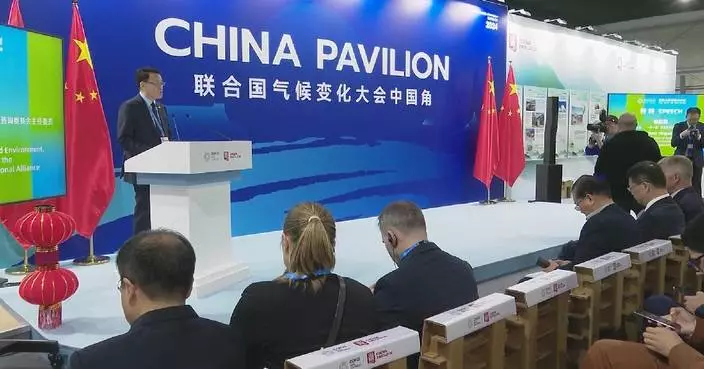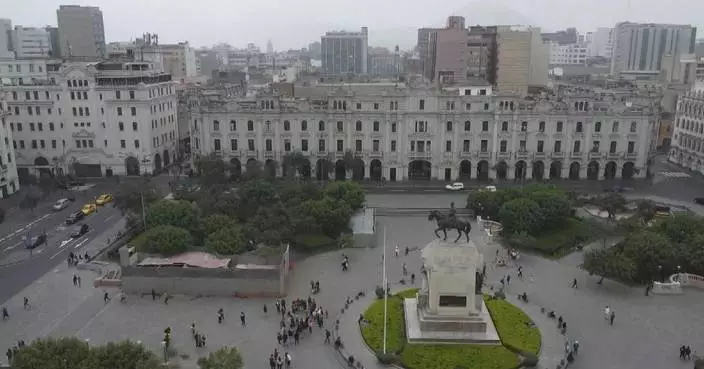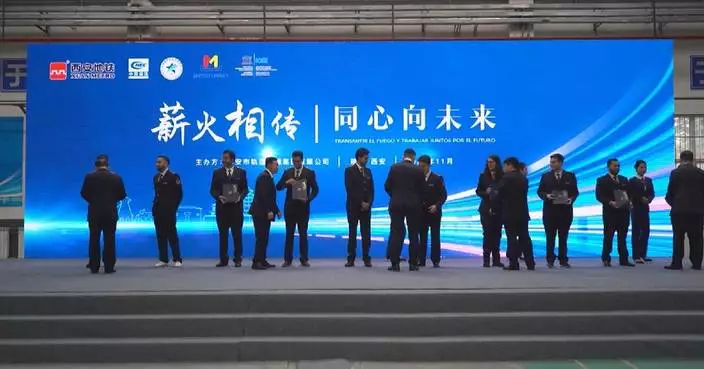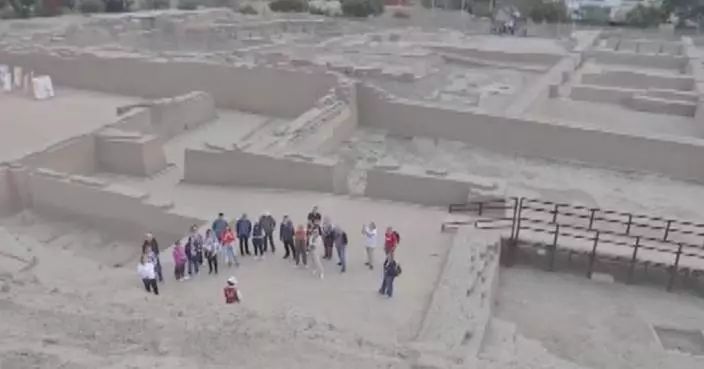As Peru's largest trading partner and a major investor in its infrastructure, China presents opportunities for the Latin American country to improve livelihoods in its less developed areas, said Peruvian Foreign Minister Elmer Schialer Salcedo in an interview ahead of the 31st APEC Economic Leaders' Meeting in Lima.
Peru is also China's fourth-largest trading partner in Latin America. As the world's largest producer of blueberries and grapes, Peru's agricultural exports are one of the country's most significant economic drivers.
"We have a commercial relationship of 30 billion (U.S.) dollars, which may not be very much to China, but for Peru it's very important. China is our number one trading partner. But it is not only that. China is a very big investor, not the biggest one, but a very big investor in Peru, and we have so many opportunities to invest in infrastructure," said Schialer in an interview with China Global Television Network (CGTN).
"We have what we call an infrastructure gap of over 150 billion (U.S.) dollars, and these are, of course, problematic for those communities that, for example, don't have electricity or don't have a decent road, I can say yes to that, but these are also big opportunities for companies interested in developing this infrastructure which is lacked by that particular community," he said.
One of the largest and most significant China-backed infrastructure projects in Peru is Chancay Port, a mega-port set to boost trade between China and Latin America even further. The port is being constructed by Chinese company COSCO Shipping Ports Limited.
Chancay, located about 78 km north of Lima, the Peruvian capital, is a natural deep-water port. Once in operation, it will become a major gateway to the oceans and a crucial hub in the South Pacific, helping redistribute cargo from countries such as Chile, Ecuador, Colombia, Brazil, and Paraguay. The sea freight time from South America to Asia will be reduced by half, from 45 days to 23.
China is Latin America's second-largest trading partner, and the top trading partner for many countries in the region. It has signed free trade agreements with five Latin American countries and established high-quality Belt and Road cooperation with 22 Latin American countries.
The cooperation has grown beyond traditional areas like trade, finance, and infrastructure to include newer fields such as energy, the digital economy, and aerospace.
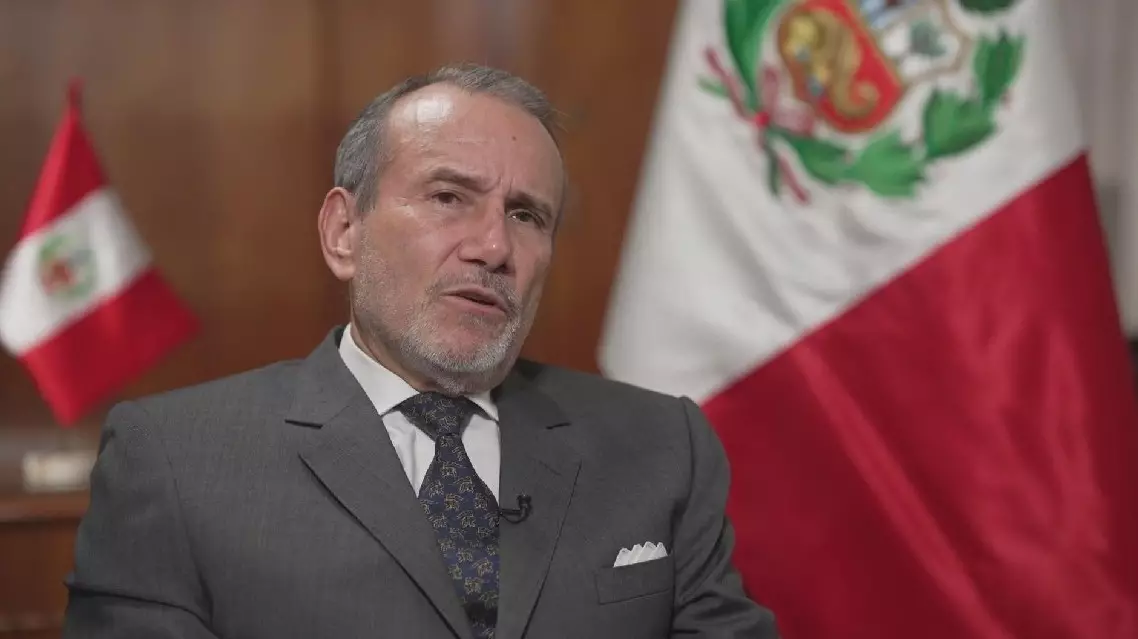
China's trade, investment significant for Peru: foreign minister



